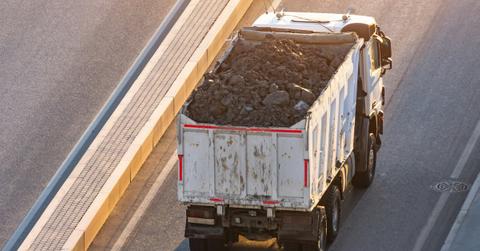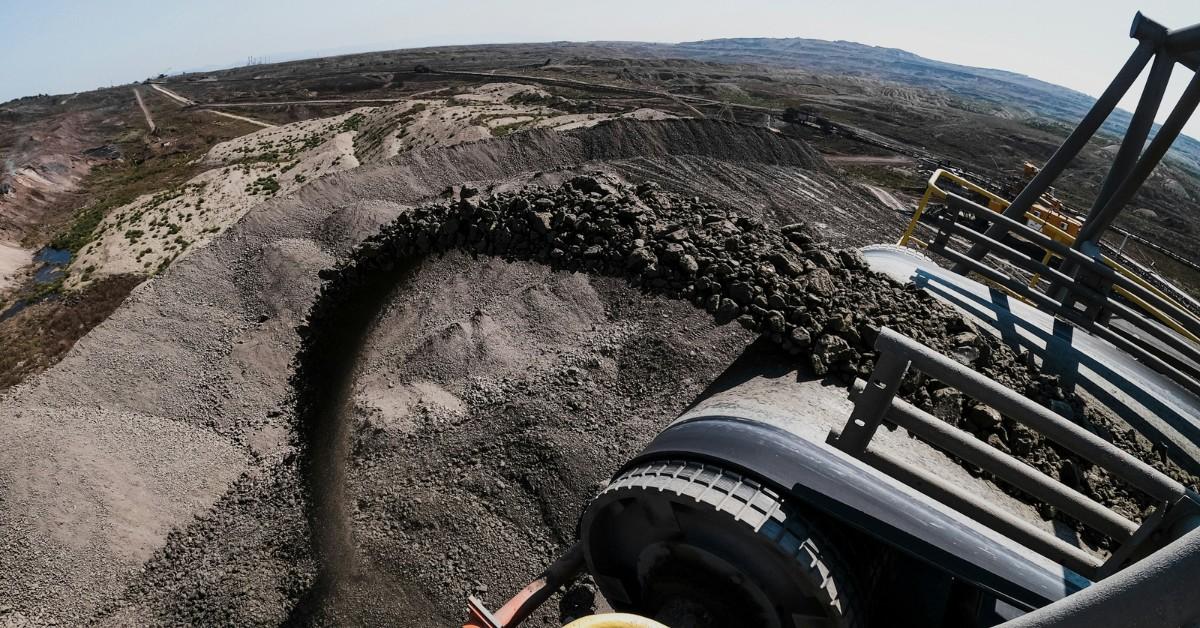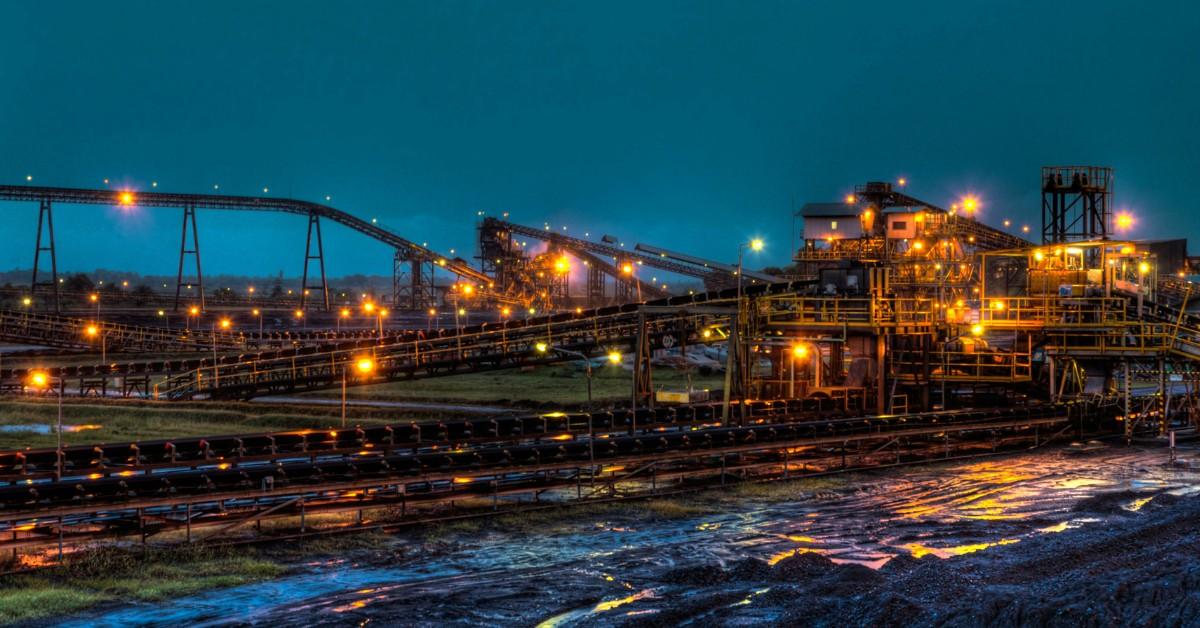Fact Check: Is There Such a Thing as "Clean Coal as Trump Claims?"
The term is a misnomer.
Published April 10 2025, 1:03 p.m. ET

The phrase clean coal gives hope to many who wish to revive the declining coal mining industry — especially those living in the coal belt, which includes areas of Wyoming, Illinois, Kentucky, West Virginia, and Pennsylvania — and it's a phrase that sometimes gets thrown around by politicians, lobbyists, and industry leaders alike.
But is there actually such a thing as clean coal? And if so, how does it compare to the other forms of clean energy that experts and thought leaders have been trying to push in an effort to slow the effects of climate change?
You can learn more about the answers to these questions below.

Does "clean coal" really exist?
The short answer to this question is no, there is no such thing as clean coal when it comes to the environment. While Popular Mechanics says that there are ways to make the burning of coal more energy efficient, the other issues associated with the process tend to make it a non-viable option.
The long answer has to do with the science behind creating clean coal, which involves taking the carbon emissions that are released during the coal burning process, and then storing them in areas of the porous rocks found underground.
According to the magazine, this technology — which is known as carbon capture and storage (CCS) — can be cost prohibitive for many operations to institute, due to the cost to retrofit existing plants.
Not only that, but it also requires a certain type of infrastructure, which also comes along with a massive price tag.
How much does it cost to outfit coal plants with carbon capture and storage technology?
When we're talking about a hefty price tag, we're not just talking about a one-time purchase. According to a 2019 report, the ongoing costs for these types of conversions could be as high as $100 billion each year.
If that number sounds high, consider this: A 2023 article in Reuters said that the ideal locations for CCS storage include areas of North America, the North Sea, and East Africa. So coal mines in the UK, for example, would need to move their emissions to one of those places.

In order to make coal truly clean, all plants using the energy source would need to commit to store those carbon emissions there, which would mean constructing massive pipelines that would potentially need to cross continents, or coming up with new (and safe) shipping routes to transport the emissions to these locations.
This would also require a global shift to CCS technology, so that all plants could operate using the same systems. Unfortunately, the scope of this project, cost associated with it, and negative feedback — Reuters notes that a planned pipeline was cancelled in the U.S. after residents raised concerns about the potential for toxic leaks — makes this type of pipeline more of a pipe dream.
Who has the cleanest coal in the world?
All of this is not to say that there aren't countries trying to make it work. According to the Minerals Council of Australia, this country has some of the cleanest coal in the world, thanks to its efficiency, low rate of excess impurities, and energy content.
Not only that, but it sounds like the country relies heavily on modern mining technologies and process improvements, which have helped it take the lead when it comes to cleaner coal production.
Donald Trump signs and executive order to reverse coal policies.
Trump is hoping to bring coal production back to the U.S. in a major way by overturning regulations on coal productions. According to CBS News, Trump signed a series of executive orders designed to do just that in April 2025.
"Today, we're taking historic action to help American workers, miners, families, and consumers," he said in a speech after signing the orders. "We're ending Joe Biden's war on beautiful, clean coal once and for all."
One way he said he would do this involves reclassifying coal as a mineral, as opposed to a nonrenewable fossil fuel, which will change the way regulations can be put into place. Another involves lifting barriers that prevent mining on federal lands.